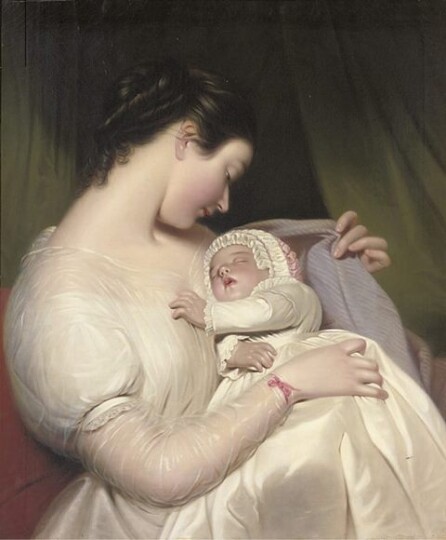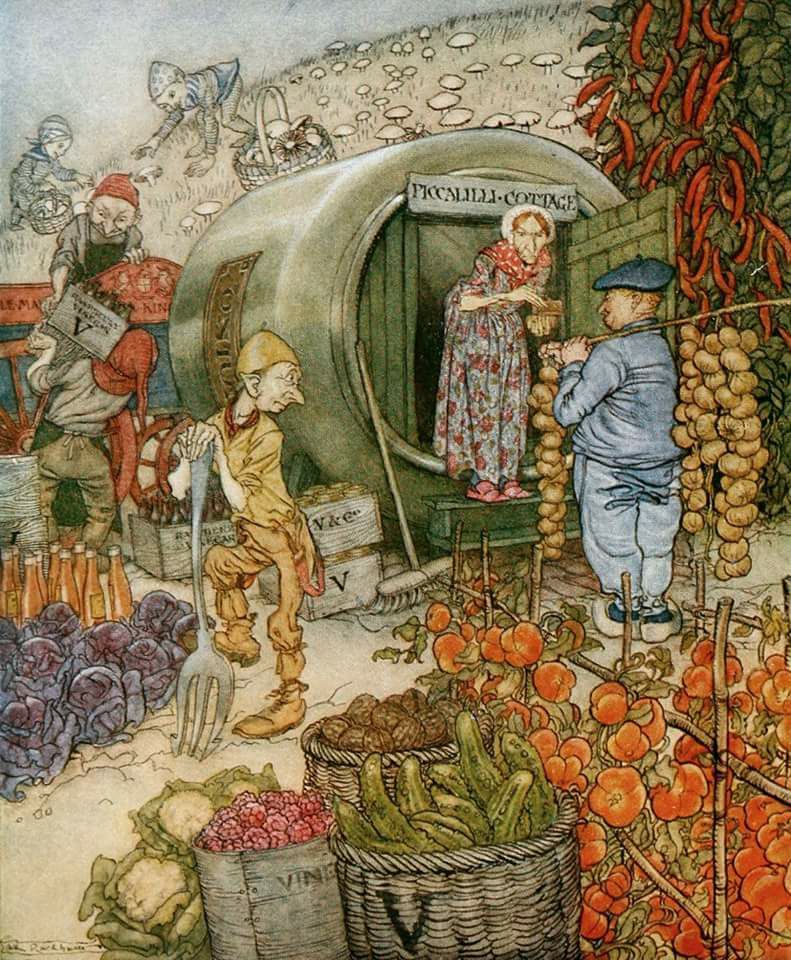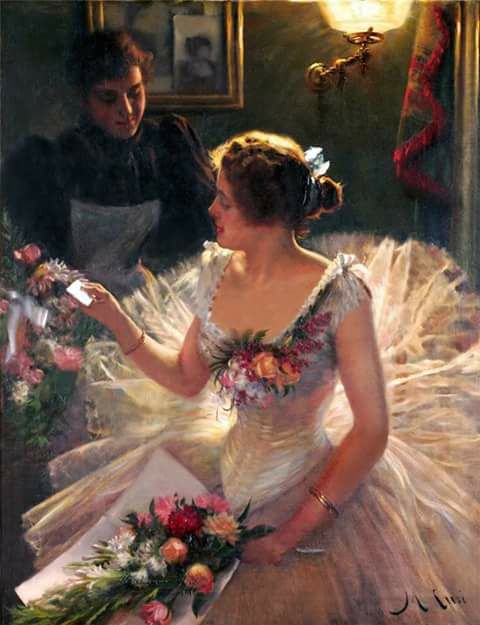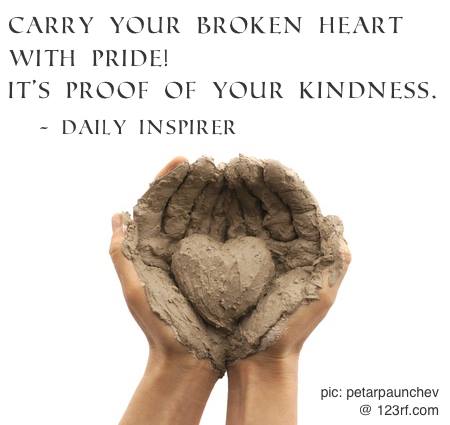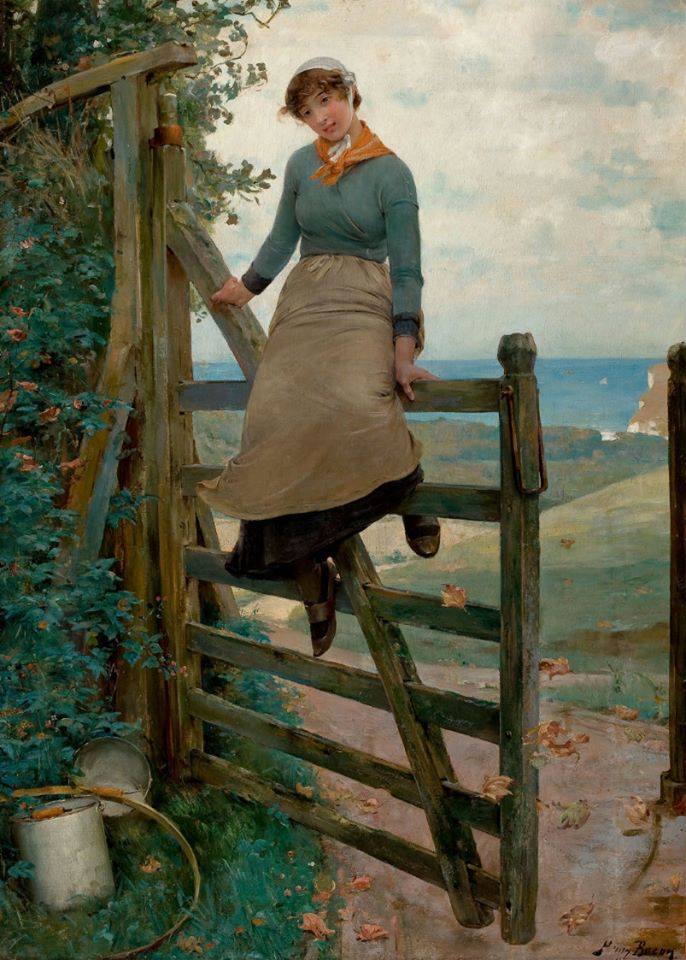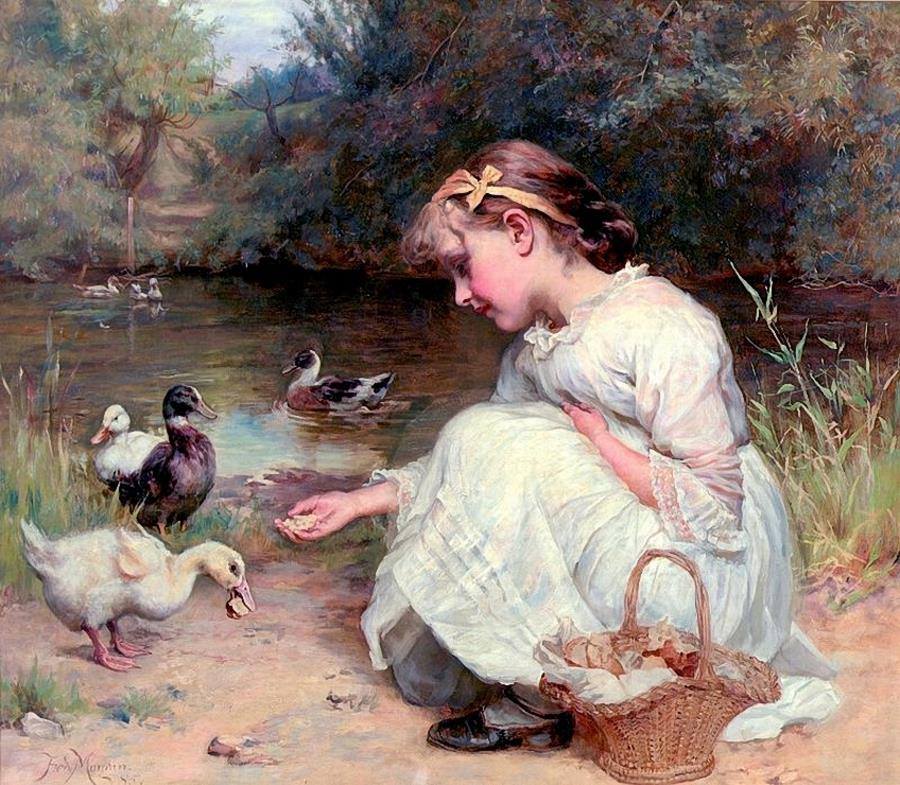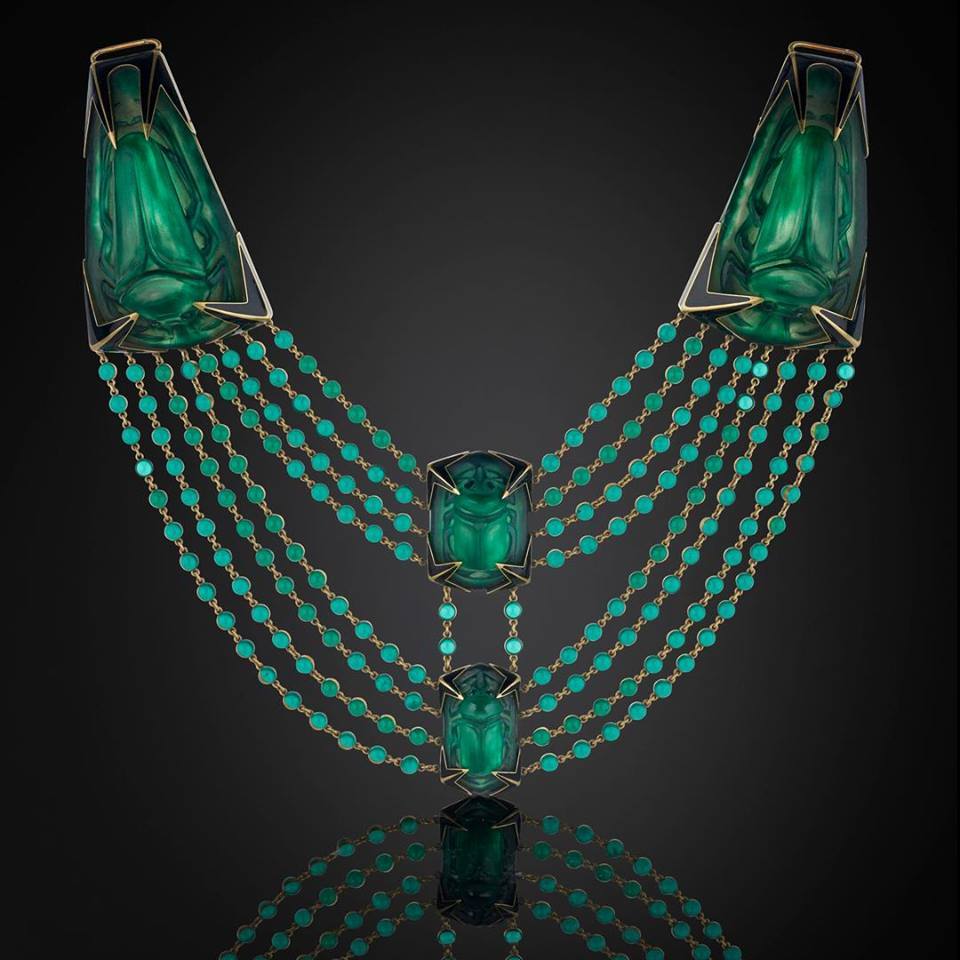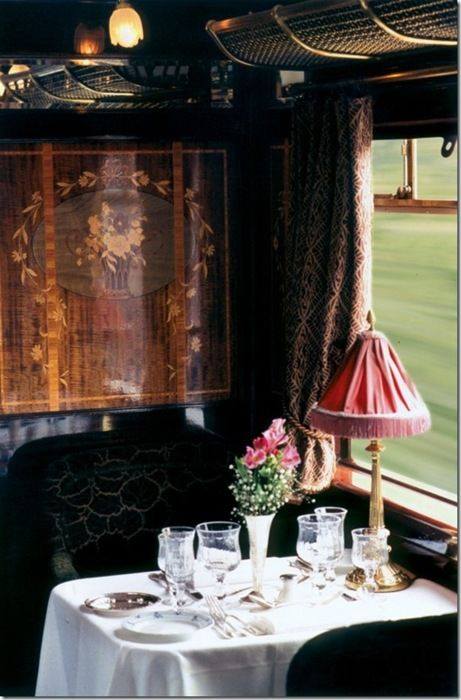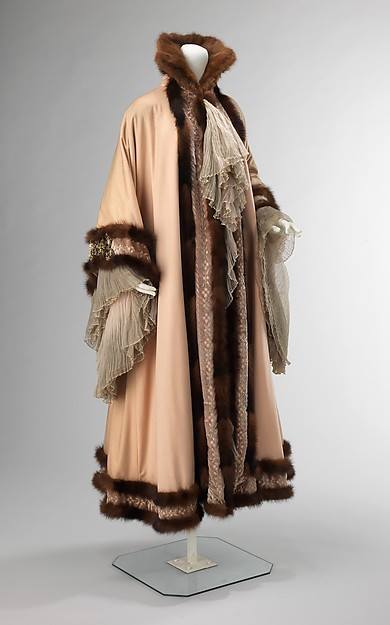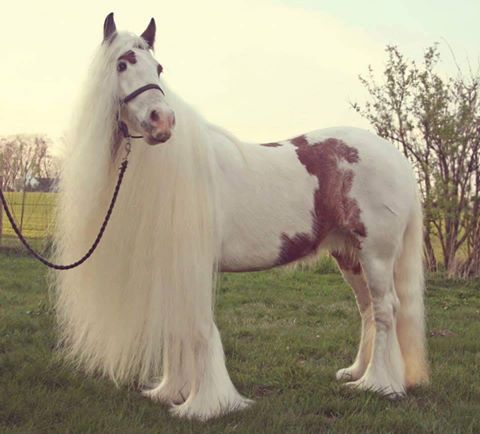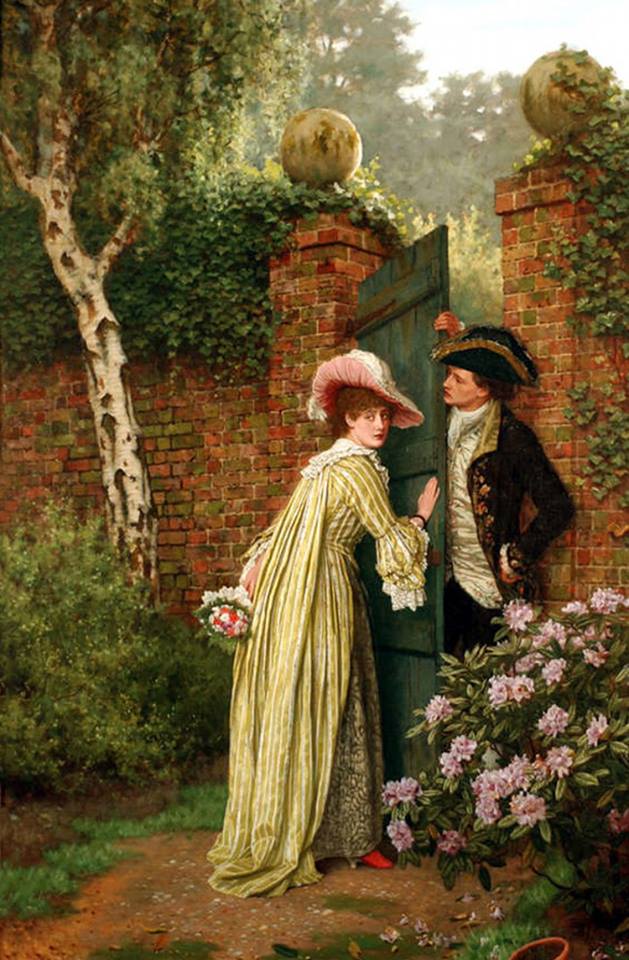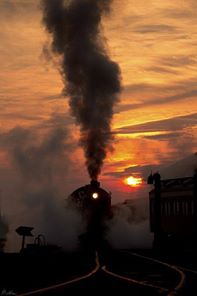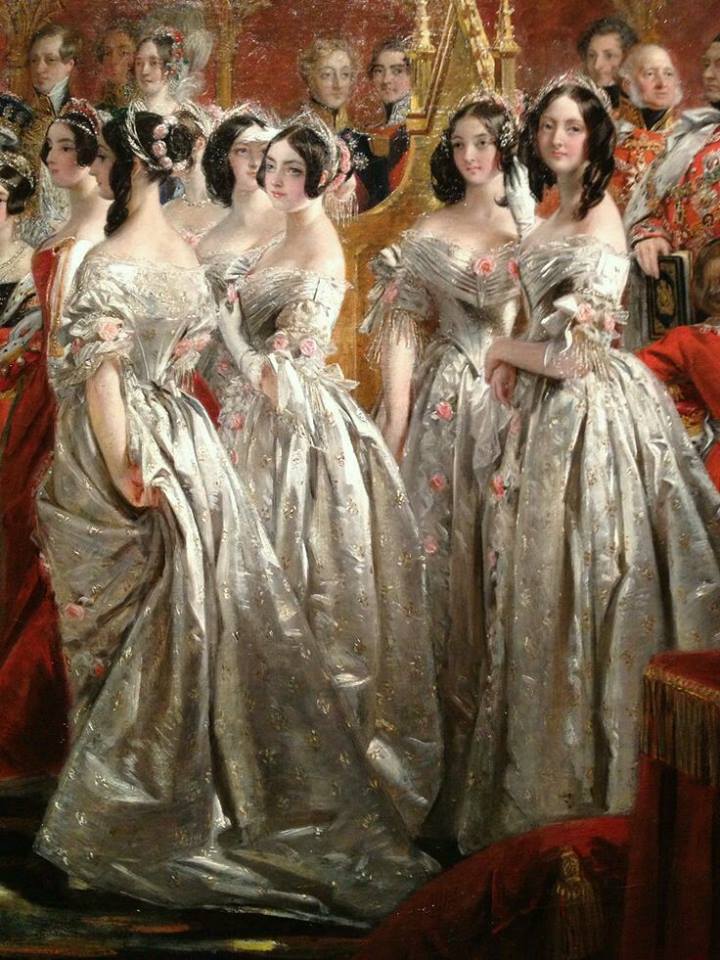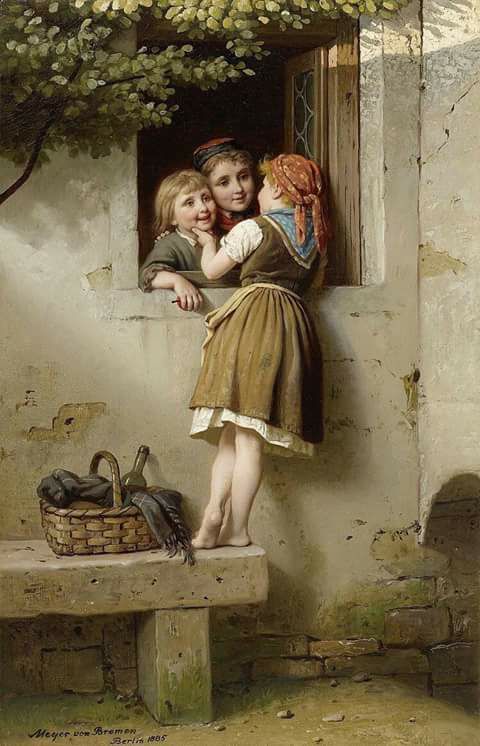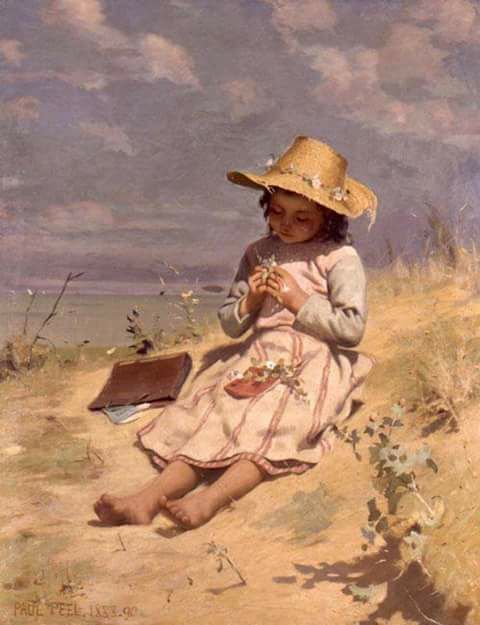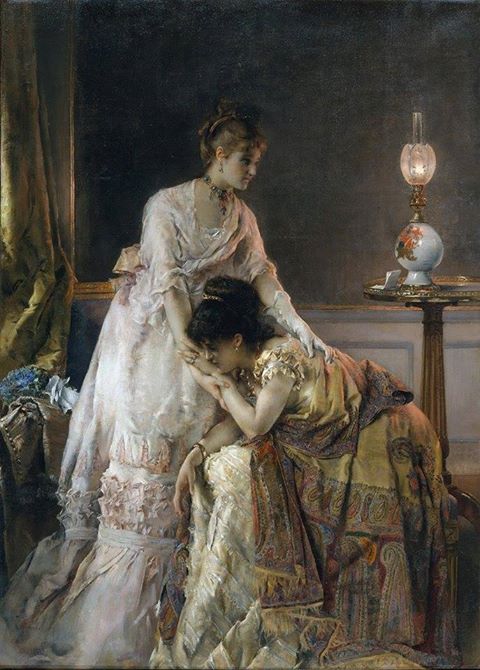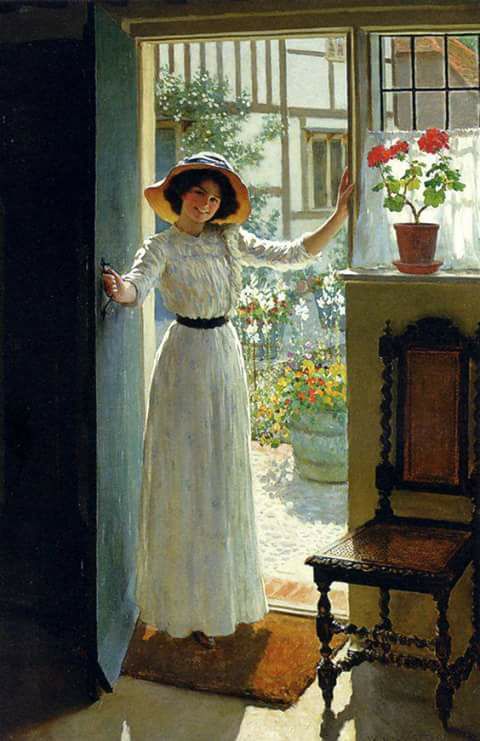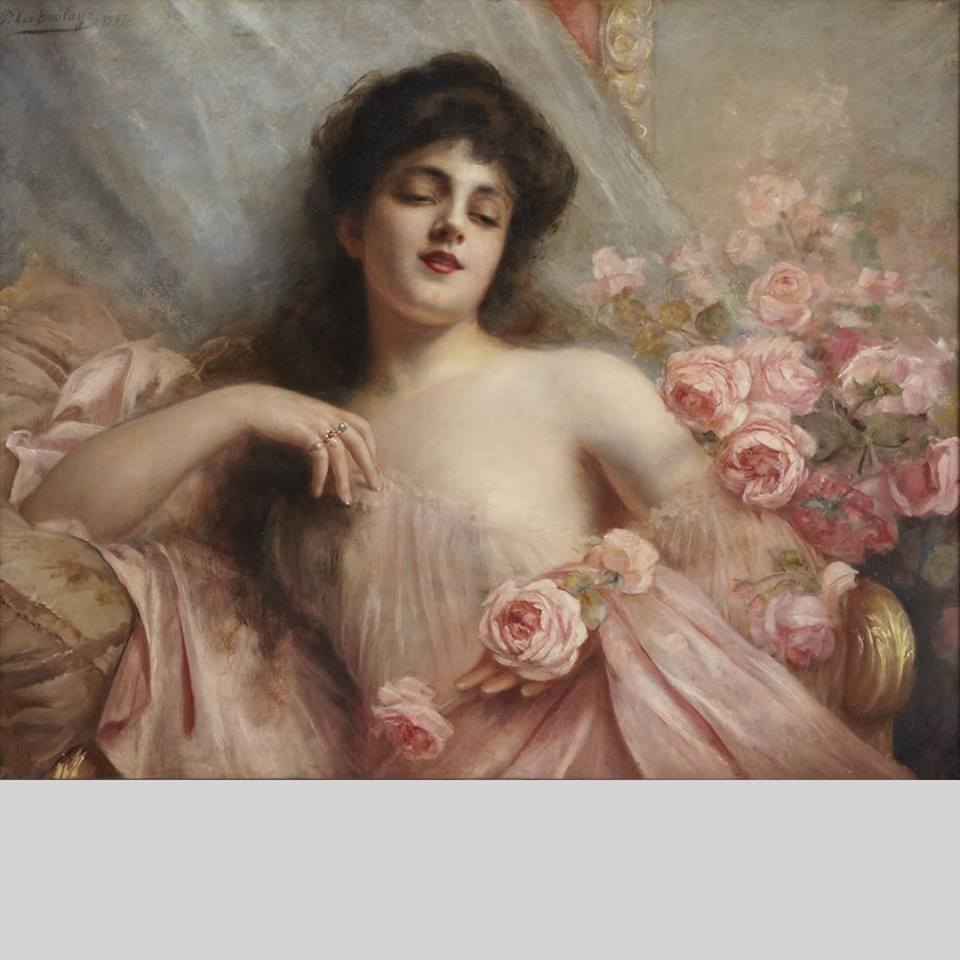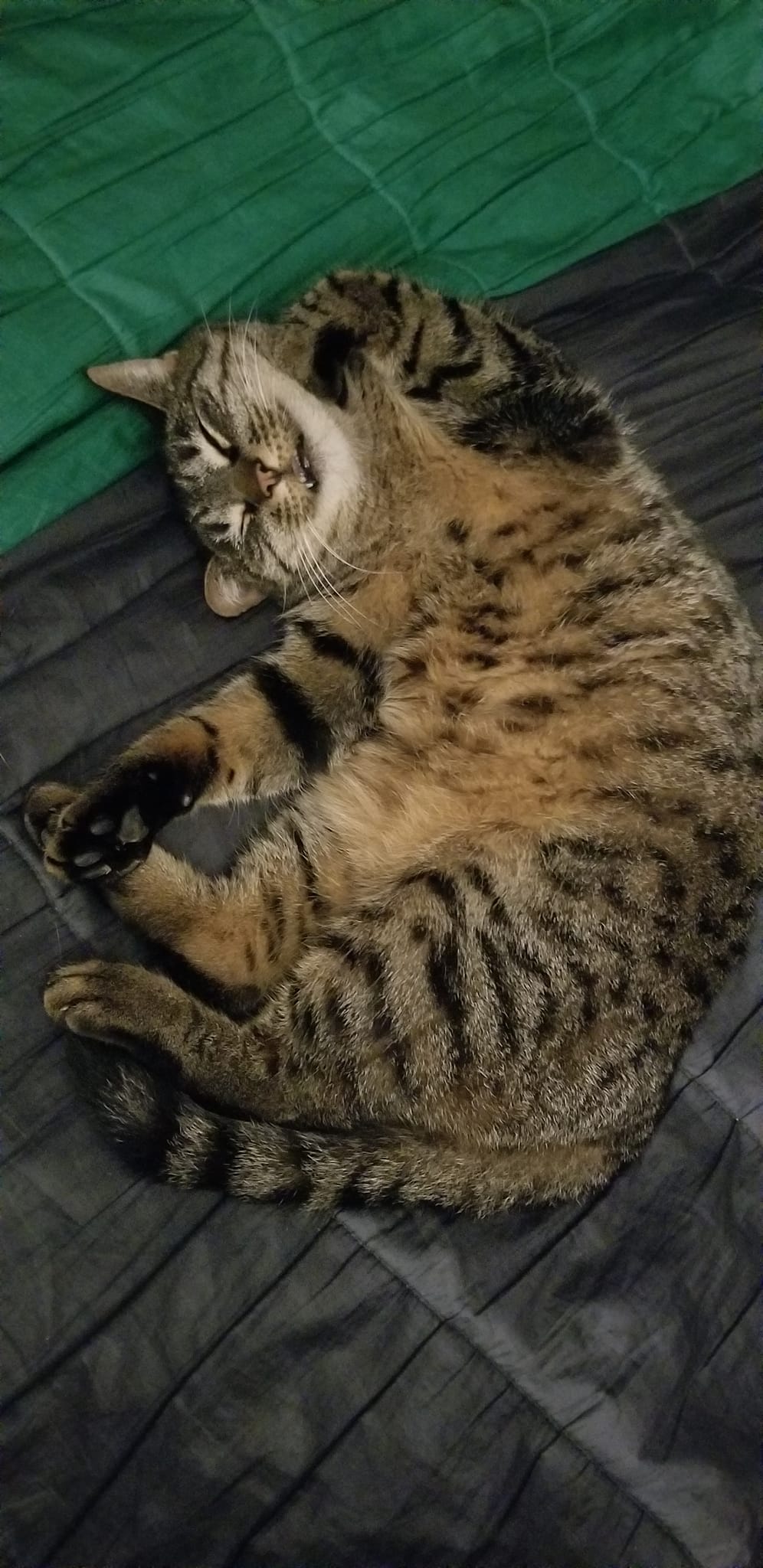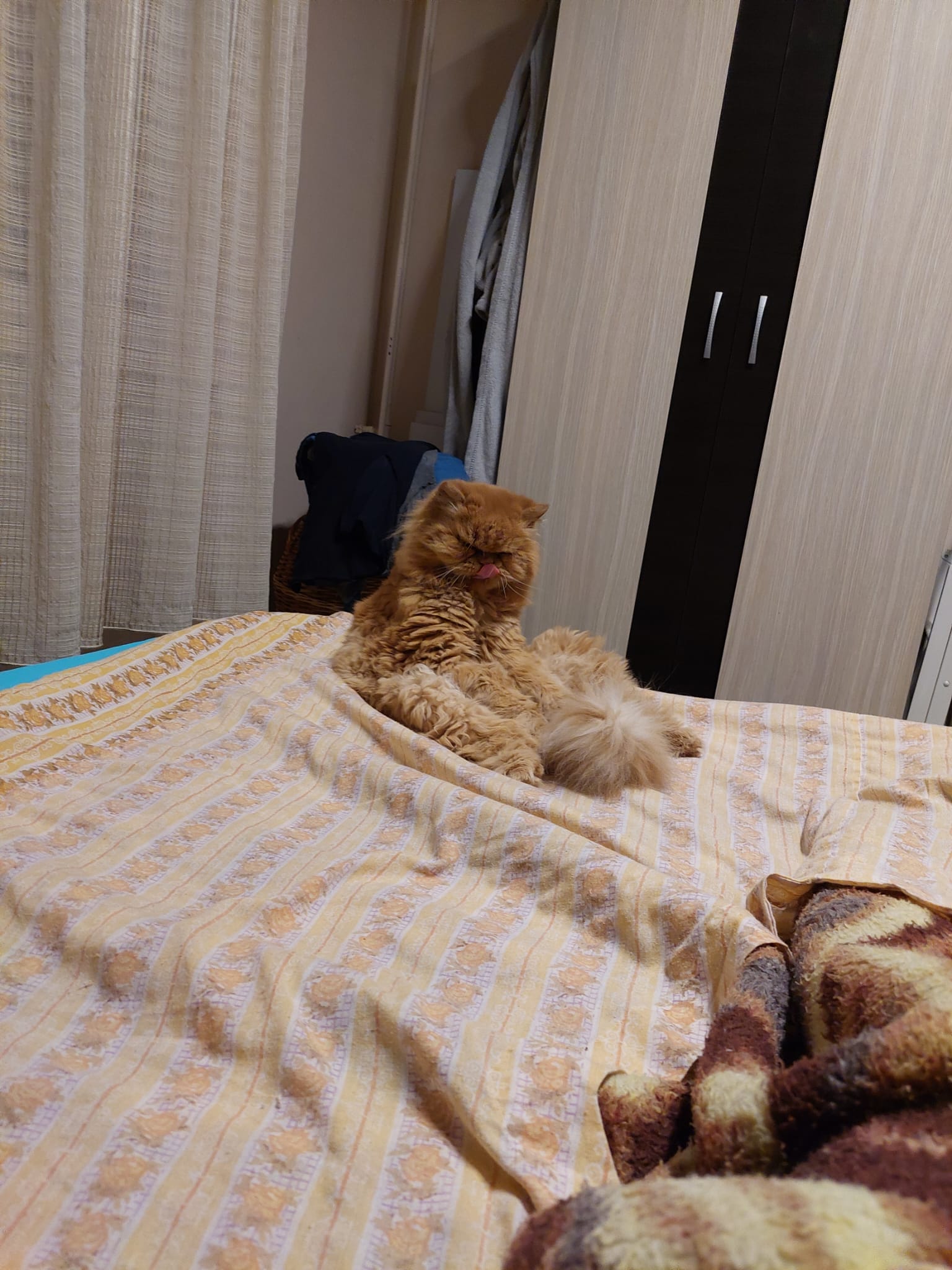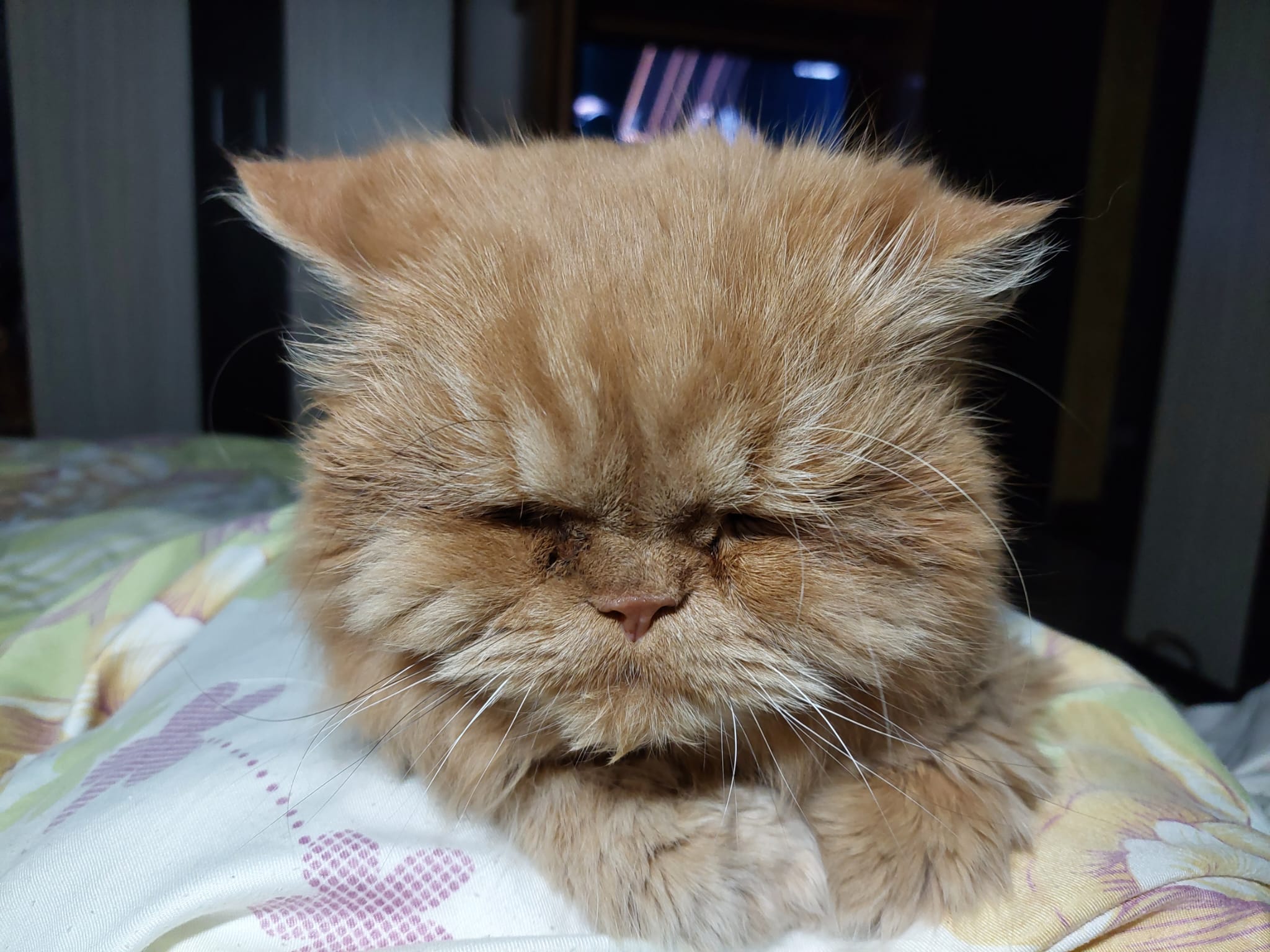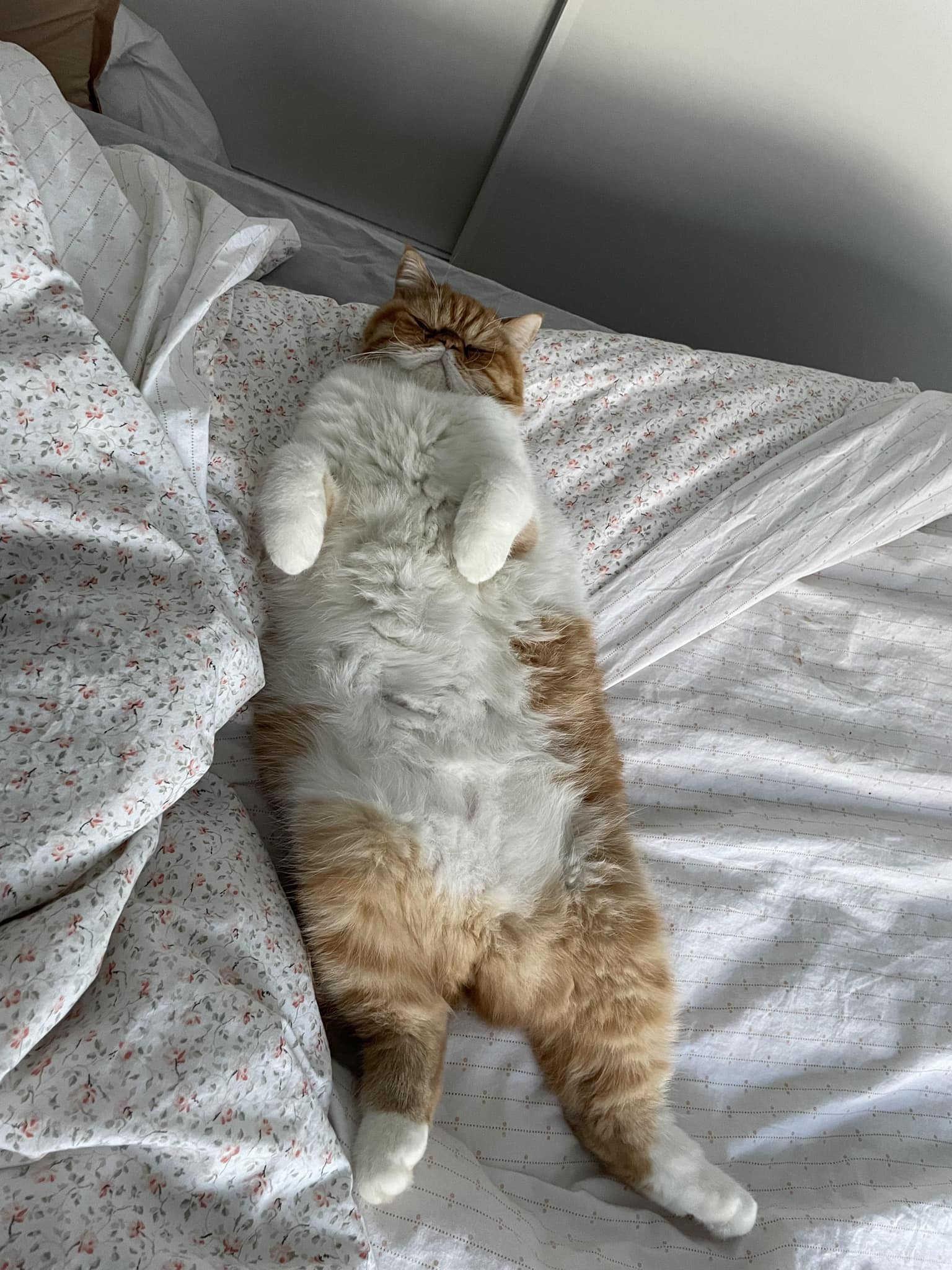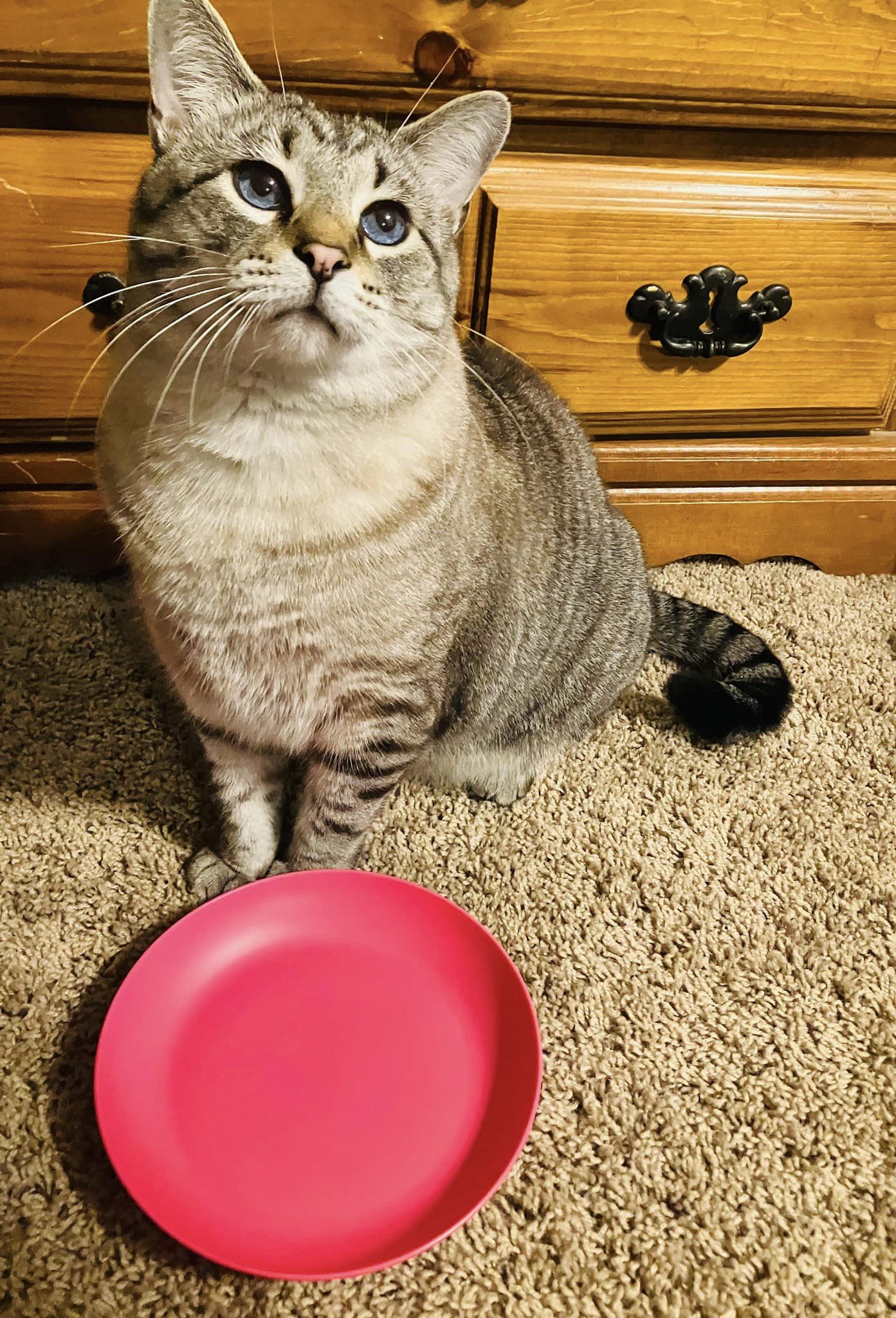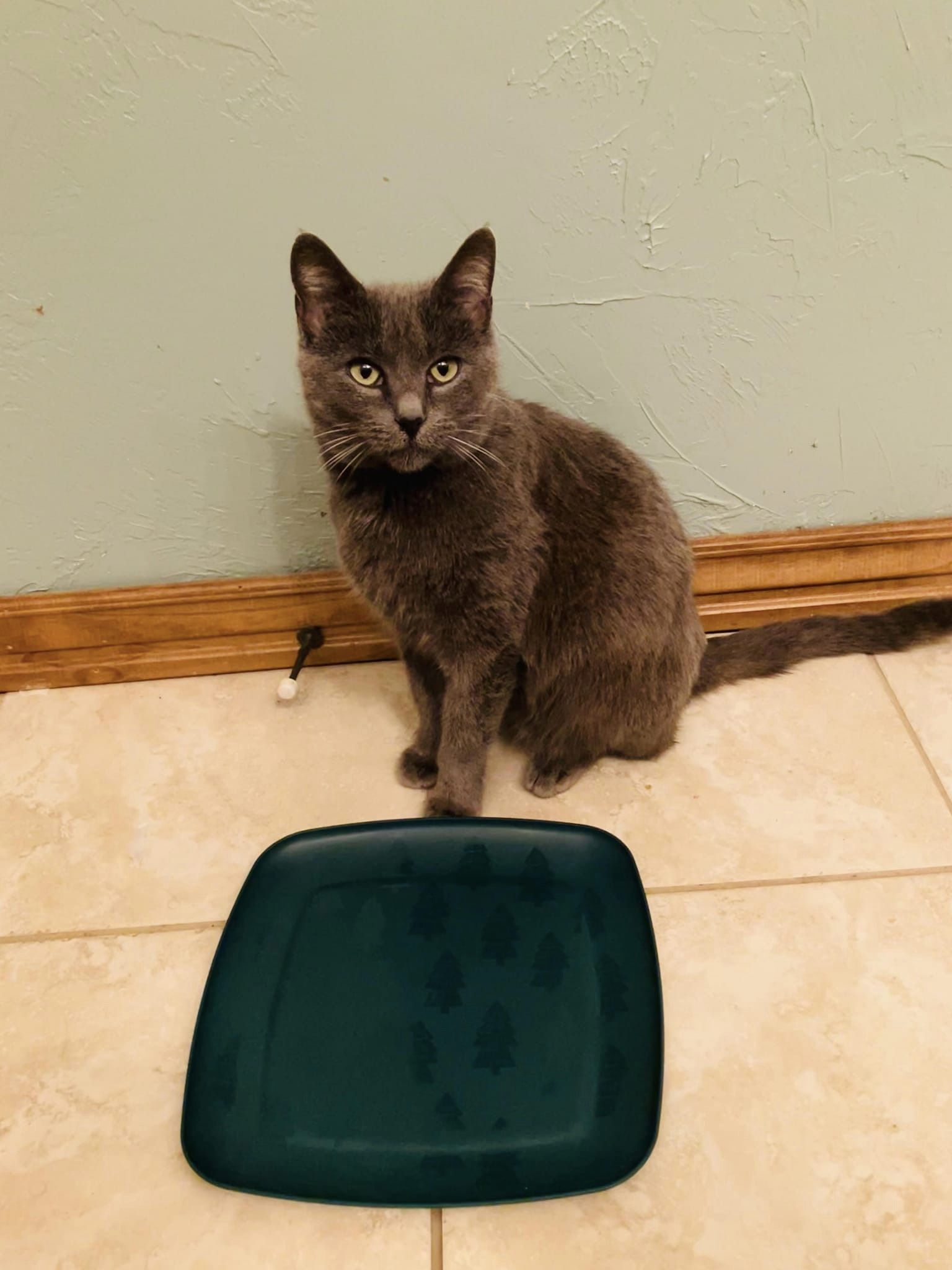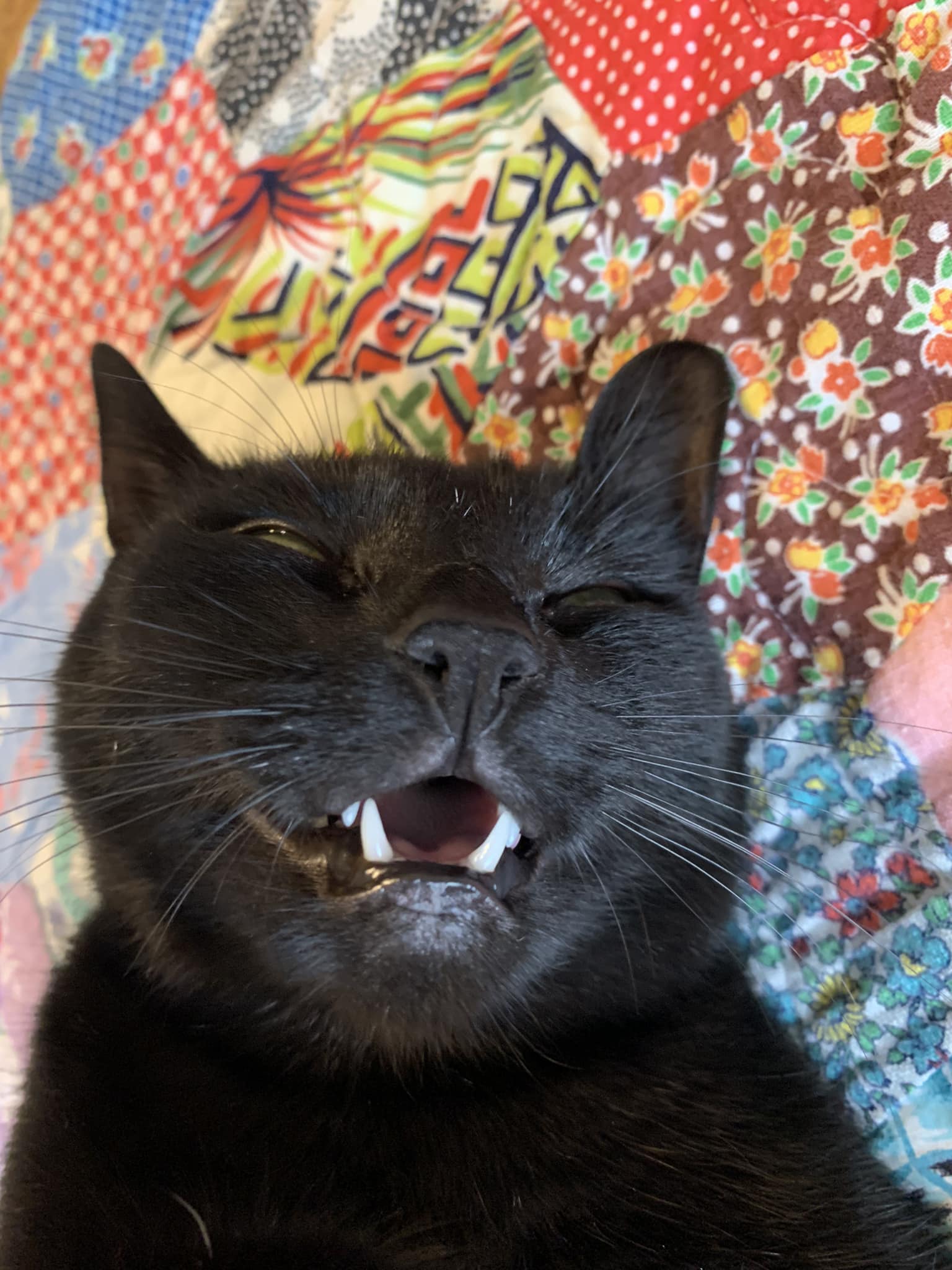New Order vs. Mosuos
How we measure up with the Mosuos of China2-26-24 – similarities & differences
From Wikipedia:
The Mosuo are often referred to as China’s “last matrilineal society.”[4] The Mosuo themselves may also often use the description matriarchal, which they believe increases interest in their culture and thus attracts tourism.[5] However, the terms matrilineal and matriarchal do not reflect the full complexity of their social organization. In fact, it is not easy to categorize Mosuo culture within traditional Western definitions. They have aspects of a matriarchal culture: women are often the head of the house, inheritance is through the female line, and women make business decisions. However, unlike a matriarchy, the political power tends to be in the hands of males.[5] For instance, a man named Ge Ze A Che is the political leader of Luoshui village.[6] However, according to an article by NPR, there was once a time when the political leaders of Mosuo villages were in fact female.[7] The anthropologist Peggy Reeves Sanday has argued that the Musuo should be considered a matriarchy.[8] Further, scholars have argued that while matrilineal arrangements are the normative pattern, domestic arrangements still vary geographically and by family circumstance.
Rasa says: We will have NO male leadership anywhere. This trend of now having male leaders in matriarchal societies is the influence of Patriarchy creeping in on them. In America when men took over the Matriarchal American Indians they saw men as leaders & therefore negotiated with men & later gave appropriations to CHIEFS rather than the Female Elders. Some A.I. tribes still maintain female leadership, thank God.
Matriarchies are NOT ‘egalitarian,’ which means equality.
With women the top bananas, it’s Matriarchy.
Daily life
Mosuo culture is primarily agrarian, with work based on farming tasks such as raising livestock (yak, water buffalo, sheep, goats, poultry) and growing crops, including grains and potatoes. The people are largely self-sufficient in diet, raising enough for their daily needs. Meat is an important part of their diet and, since they lack refrigeration, is preserved through salting or smoking. The Mosuo are renowned for their preserved pork, which may be kept for 10 years or more. They produce a local alcoholic beverage made from grain, called sulima, which is similar to strong wine. Sulima is drunk regularly and usually offered to guests and at ceremonies and festivals.
Local economies tend to be barter-based. However, increased interaction with the outside world brings greater use of a cash-based trade system. Average incomes are low (US$150–200 per year), causing financial restrictions when cash is needed for activities such as education or travel. Electricity has been introduced in most Mosuo communities, but some villages still lack electric power.[9]
Mosuo homes consist of four rectangular structures arranged in a square, around a central courtyard. The first floor houses livestock, including water buffalo, horses, geese, and poultry. The main cooking, eating and visiting areas are also on the first floor. The second floor is commonly used for storage and for the bedrooms.
Rasa says:
There will be VARIETY in our housing, homesteads & support system. For instance, I have a house with 50 beautiful acres. We could start by females simply bringing caravans to live on my property… We could buy a house & start with 3 or 4 females there… We could buy a motel & have women live in the rooms like studio apartments – for a start…
But eventually I want to have a ‘Mother House’ with apartments surrounding a large courtyard, all enclosed, Temple to
Mother God within, no men permitted except for services such as plumbers, electricians, repairmen, & those will be chaperoned. That’s a beginning.
I also want separate, different style housing – one would be tiny but exquisite homes for each female & children – designed by me. The houses will be all stone & wood inside & out, fireplaces, not luxurious but rustic in perfect taste, sort of like the old English ‘Men’s Club’ inside with all wood walls in designs, many of the windows greatly indented to sit in. These would be ‘on the grid & as with all housing developments, have its own headquarters. This large main house would be the gathering place where religious services, home schooling, entertainments & meetings would be held.
The women most suitable for this development would be those who work in regular jobs. Each house has a privacy fenced in yard & dogs are allowed, but this will not contain farm animals or farm work. Small gardens would work. Thinking 15 such houses make a village.
The community most fascinating is the ‘off the grid homestead’ one. These will be a rugged lifestyle with farming. Each house will be comfortable but unless we figure out a way there will be no hot water – or ‘central heating’ – as these work off electricity. I know how terrible that could be as I grew up on such a farm for 7 years. There will be plenty heat fueled by wood – a large iron wood stove in the kitchen, a fireplace in the living room plus another iron stove downstairs if needed. There will be one bedroom downstairs & an ‘open walled’ loft upstairs with room for several persons—the heat rising up should keep the loft warm. Each house will have an outdoor washing machine {these are a lot of work!} for the summer – in cold weather the Mother House has several washing machines & dryers. The Mother House will also have bathrooms with tub & showers as taking a bath in a place with no hot water is difficult. You have to heat the water & sit in a tub. The washing machines & bathrooms with facilities will get lots of use from the 15 or so homesteads all winter! – even summer. The Main House is ON THE GRID so it’ll have all the conveniences including computers.
This building will be the religious, home schooling, entertainment & meeting area, & also have kitchen facilities, large table for community meals. It will be furnished with all that is needed for most activities. It will also have a large fireplace surrounded by couches for cozy discussions & book readings- all to be monitored by an Elder or Officer.
For all the content of what we wish to do, you could call these ‘Long Houses’ as they will have to be at least 80’ long if not more. You’re talking space for a stage for religion & entertainment, then kitchen/dining area, then fireplace with seating around it, then recreation like table tennis. And there will be side rooms for storage of food, a cold room & regular room, for which only Elders & Officers have keys. Each thing mentioned having 20’ that makes 80’. The fireplace should be in the middle, not that we need it for heat, it’s on the grid, but in case the electric goes off, there it is.
The Long House will be welcomed in heavy rain & all winter: table tennis, dancing, stretching, weight lifting & the like. Games could be utilized: cards, chess & checkers, monopoly, etc. We will have dance teachers & regular dance nights – later this can segue into putting on shows with paid tickets.
This will be important for the Homestead lifestyle. There will be a large barn where the animals for all the families will be kept: cows for milk, butter, yogurt & cheese; ditto goats. Then there’s chickens for eggs & meat. The residents must learn the skills that correspond to animal husbandry & children will be given chores & responsibilities from an early age.
Now the gardens. There will be fields for growing crops – we’ll need hay for the cows, goats & horses if any. For plowing the fields we will have to use a horse, or a bull. Skills will be developed, the Amish will have these & many other implements we’ll need. We can also hire a tractor or buy one – the Elders will decide.
There will also be a large area where we have gardening for anyone. People can also have small private gardens by their houses.
All our members will practice the use of herbs – learning what they are, harvesting & preserving them – knowing what each herbs is good for. We also pick berries & mushrooms. The women will use all kind of methods to preserve food – canning, smoking, & freezers can be in the Mother house. We’ll have a smoke house & an outdoor sauna.
This facility will have a lot of land which in the summer we’ll use for the scouts of not only our own village but that of others. We’ll learn to build our own tepees or shelters & cook in the outdoors, practice many scouting, self reliance & survival skills. These could be Gaia Scouts. If a river or lake is nearby, all the members especially kids, will learn to swim.
I also plan to provide facilities for women who want to be hermits for the sake of God’s Kingdom. Monasteries provide food once a day to such hermits. They could try it temporarily or permanently like St. Charbel, one of my spiritual husbands.
Role of women
Main article: Mosuo women
As soon as a Mosuo girl becomes old enough, she learns the tasks that she will perform for the rest of her life. Mosuo women do all the housework, including cleaning, tending the fire, cooking, gathering firewood, feeding the livestock, and spinning and weaving.[10][11] In the past, due to isolation, Mosuo women produced all their own household goods. Today, due to increased trade with surrounding villages and cities, it is easier to obtain goods. Nevertheless, some Mosuo women, especially those of older generations, know how to use looms to produce cloth goods.
Rasa says:
Here in the modern U.S.A. we will provide rides for women who don’t have cars one day a week, to go to the stores they need. We will be familiar with venues that are the most economical & also frequent places like the Salvation Army. We’ll encourage thriftiness in spending & economy in use. No food will be discarded – it will be put into the woods for wild animals.
Sharing of resources, such as special pots & pans (like say a Dutch Oven) will be encouraged – tools, appliances can be borrowed which are not used daily – each household doesn’t have to have every appliance for itself. We can also have a large brick bread-baking oven outside {or inside} for the community.
We will teach children to work, be industrious from age 5 onward, in little things, & by the time they are 10 they should be good at many simple chores. By 15 we expect females to be responsible, hard working & skillful at many tasks. We’ll do what we can to teach girls carpentry, repairs on house & machines, operating a tractor or using a horse or bull to do plowing, scything the field, riding horses if we have them, skillful house painting, overall handywomen. Not to mention we will educate them in the arts – singing if they have a voice, musical instruments, dancing, & we will also stretch their intellectual capacities with paid & volunteer teachers & encourage them to spend spare time studying on their own or communing with nature, prayer, & the like…. Rasa Von Werder To be continued
